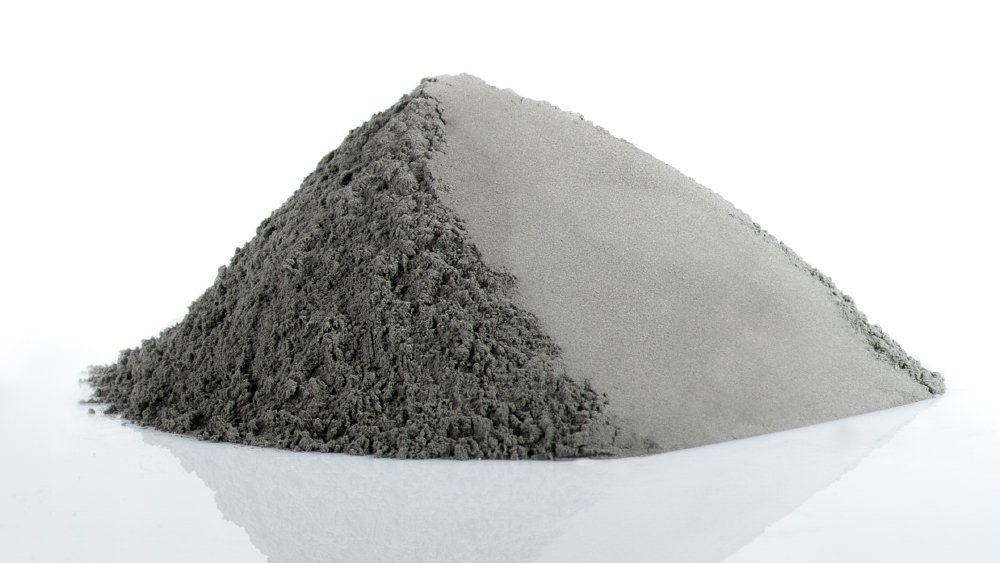Whether the surface modification effect is good, look at these 10 indicators!

In the research and production of powder surface modification, what are the commonly used characterization methods of modification effect?
Wetting Contact Angle
Concept: Wetting contact angle is the main criterion for wettability. If an organic surface modifier is used to modify the surface of an inorganic filler, the more complete the coating of the modifier on the surface (the greater the coverage), the more likely the inorganic filler will be. The larger the wetting contact angle in water.
activation index
Concept: The surface of the inorganic powder after surface modification is non-polar. Due to the huge surface tension in water, it will float and not sink like an oil film. Therefore:
Activation index = mass of the floating part in the sample (g) / total mass of the sample (g)
For inorganic powders without surface activation (ie modification), the activation index = 0; when the activation treatment is the most thorough, the activation index = 1.0.
Oil absorption value
Concept: The oil absorption value is usually expressed by the mass of linseed oil required for a 100g sample. Most fillers use the oil absorption value to roughly predict the filler’s demand for resin.
Dispersion stability in solution
Concept: It is characterized by measuring the change of turbidity, density, sedimentation amount, etc. at a certain position over time after dispersing and standing the particles. Generally speaking, the slower the change of turbidity, density, sedimentation amount, etc. The better the dispersion stability in solution.
Deposition time
Concept: Generally speaking, the better the dispersion, the slower the settling speed and the longer the settling time. Therefore, the settling time can be used to relatively compare or evaluate the surface modification effect of the powder.
Adsorption type
Concept: Adsorption types can be divided into physical adsorption and chemical adsorption. The surface modifier molecules chemically adsorbed on the surface of powder particles are stronger than physical adsorption, and are not easily desorbed when vigorously stirred or mixed or compounded with other components.
Coverage
Concept: The coating amount refers to the quality of the surface modifier adsorbed on the surface of a certain mass of powder. The coverage rate is the percentage of the surface modifier molecules covering the surface of the powder (particle) to the total surface area of the powder (particle).
Particle size distribution
Concept: The change in particle size and distribution of powder after surface modification can reflect whether the particles have agglomerated during the surface modification process, especially whether hard agglomeration has occurred.
Particle morphology
Concept: Direct observation of the morphology of the coating layer on the powder surface is valuable for evaluating the effect of powder surface modification.
Other
For other purposes of powder surface modification, such as imparting electrical, thermal, flame retardant, antibacterial, wave absorbing, adsorption and other functions or properties to the powder surface, corresponding performance testing, characterization and evaluation methods can also be adopted.
